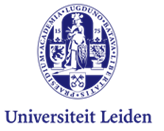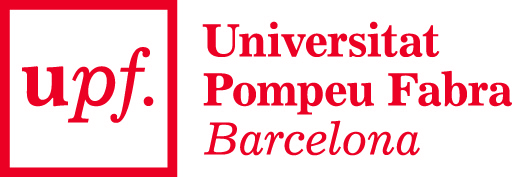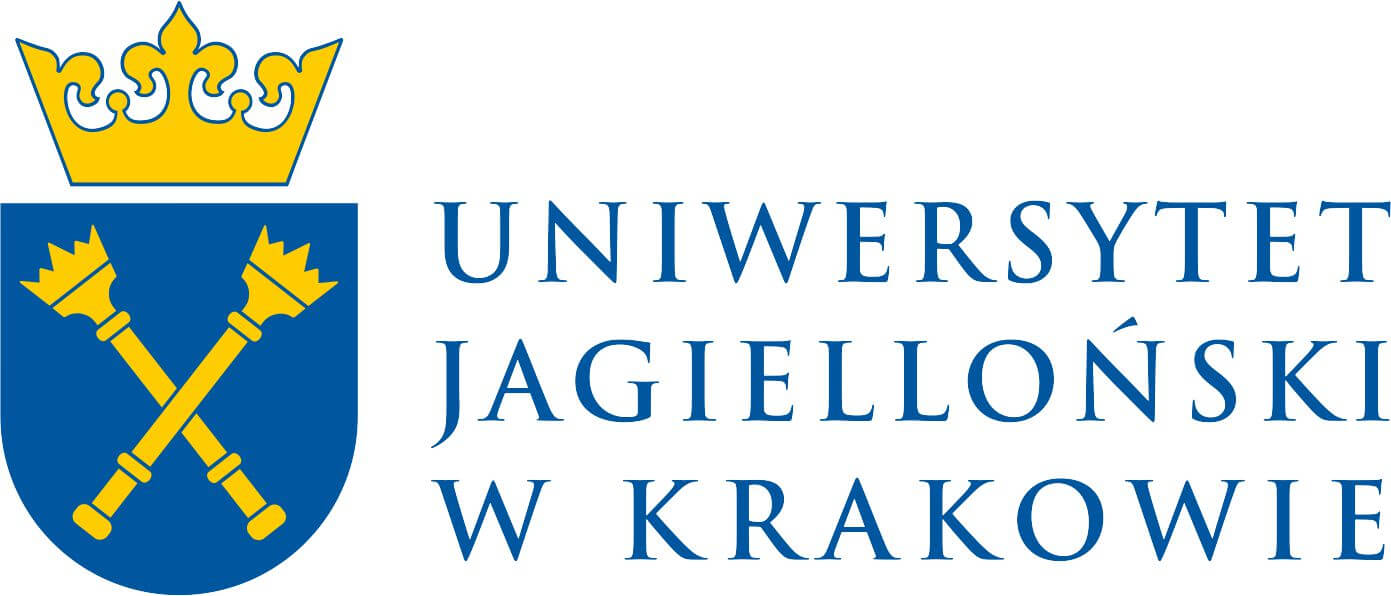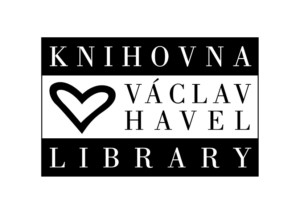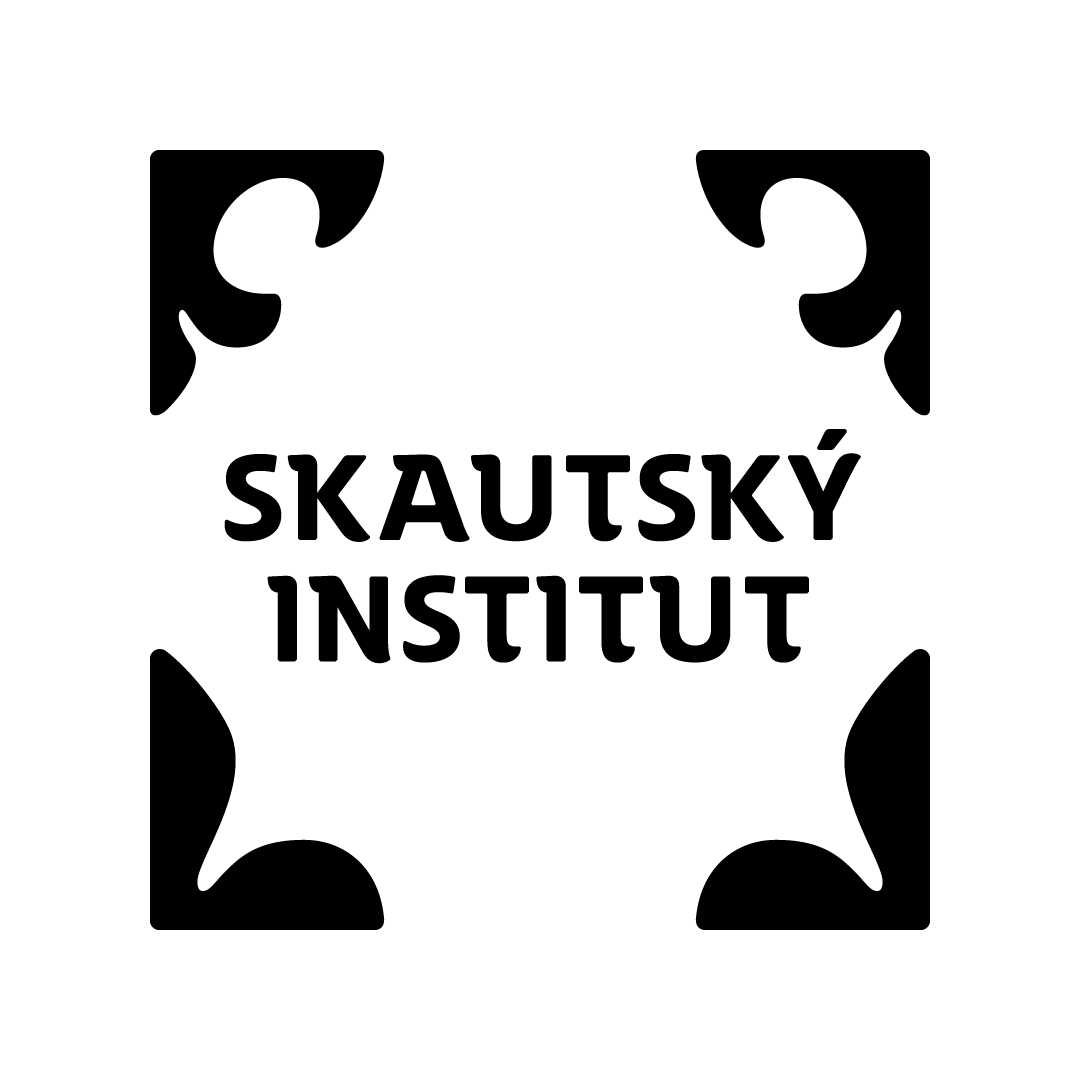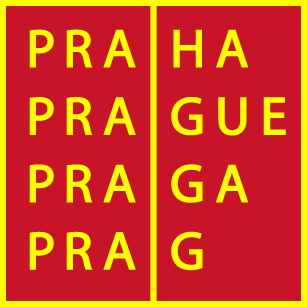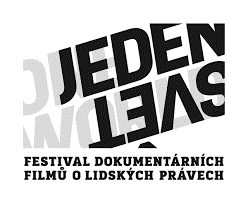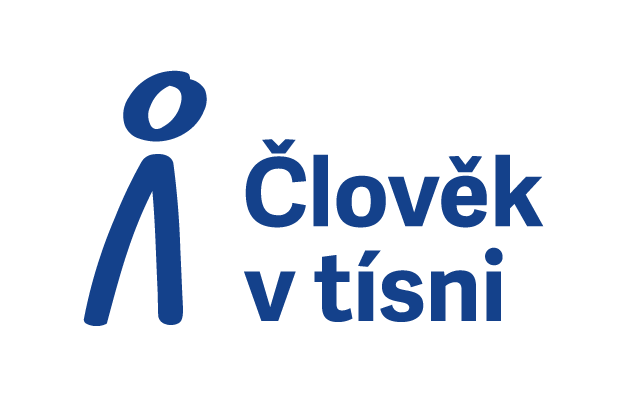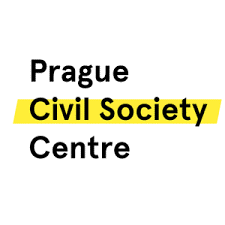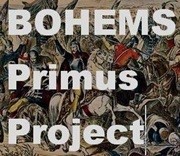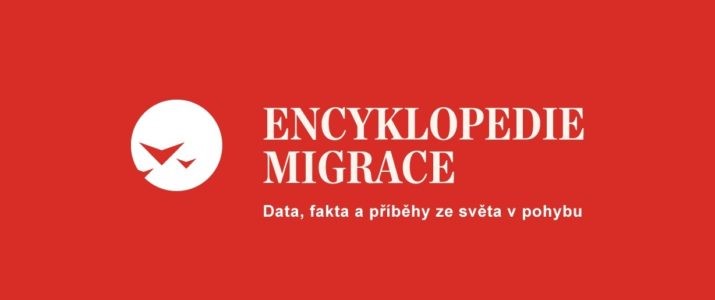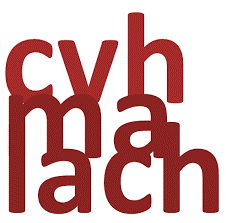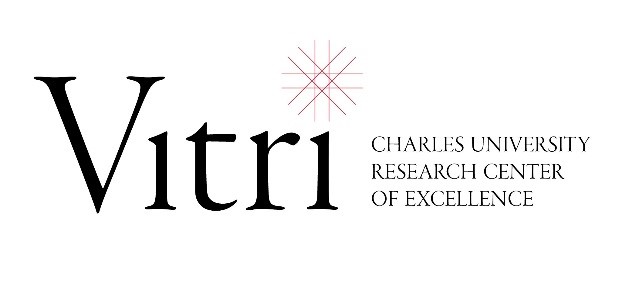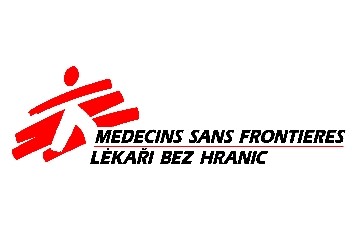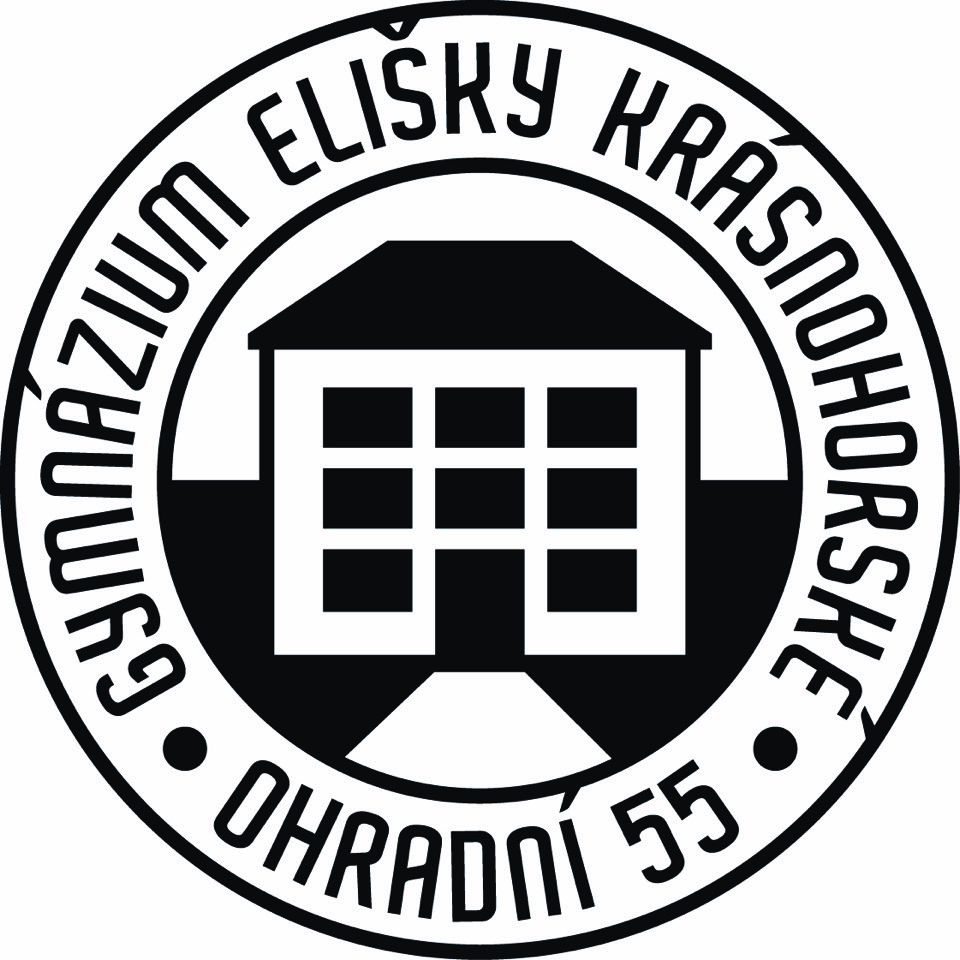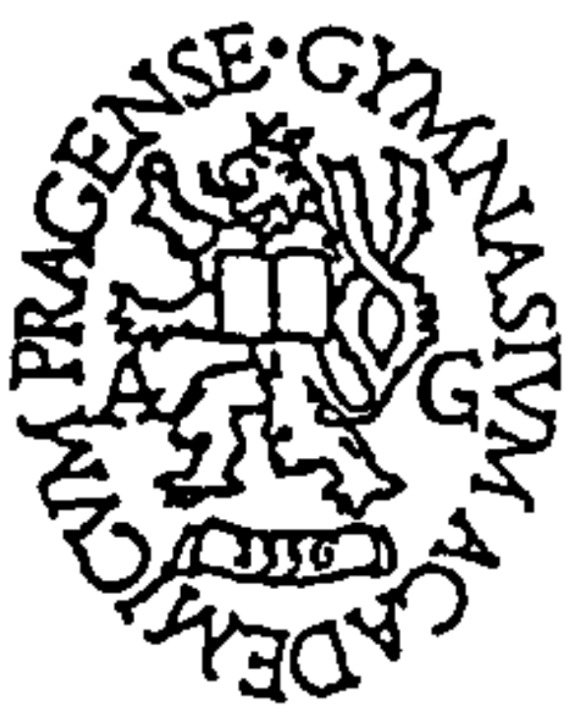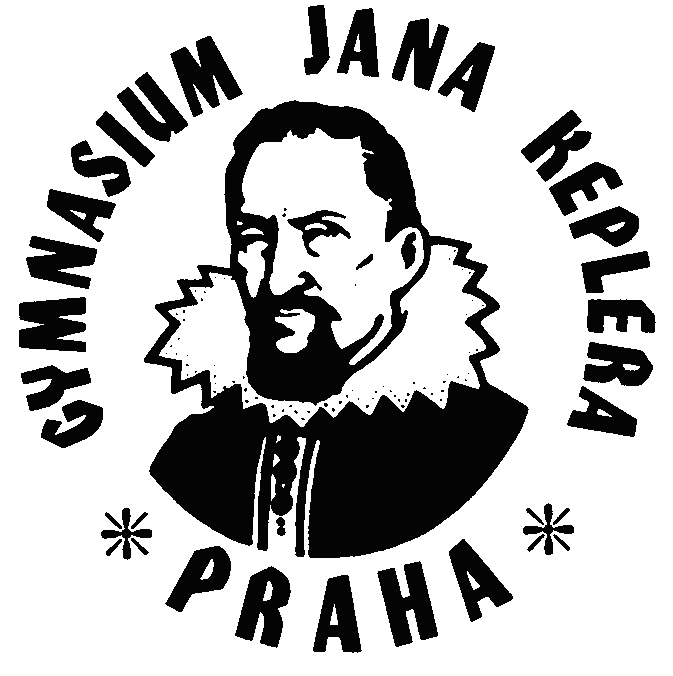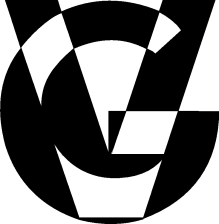Whose memory? The Commemorative Site of Nazi Massacre in the Piva Region in 1943
Whose memory? The Commemorative Site of Nazi Massacre in the Piva Region in 1943
26.11.2017 Karin Hofmeisterová

It was not easy to find Dola, a small settlement in the Piva region of Northwestern Montenegro. It’s not even on a map. Yet it plays an important role in the memory of local inhabitants as well as in the collective memory of suffering in the Second World War. In 1943, the Piva region was a place of heavy fighting between communist partisans, Nazi troops and its local allies during the fifth German offensive in Yugoslavia, the so-called Operation Swartz. On the seventh of June, more than five hundred civilians, mostly children and women, were shot in less than two hours by members of the SS Division Prinz Eugen. It was ordered as a retaliatory and deterrent action, similar to other places in occupied Europe including the Czech villages Lidice and Ležáky. The site of the massacre remained unmarked for many years. Only in 1977 was the modest commemorative site created, fitted with statues by the well-known Montenegrin sculptor Luka Tomanović. In 2006, a church of the Serbian Orthodox Church (SOC) was founded in the complex, and the site has since been undergoing renovations.
During the hot summer day, we were the only visitors at the commemorative site. Heaps of stones and a cement mixer just next to the main path sign, stating the place has been under construction for more than ten years. The statue of three raised hands marks the beginning of the circle path, leading visitors through the three holes that once served as mass graves. In the middle of each hole, a statue stands symbolizing a group of victims. While statues devoted to killed women and children are explicit by their shape, the third monument differs from them by its universality.

Most likely, it is dedicated to the rest of the victims. It is clear that the monument was equipped with memorial plaques, now missing. Victims are thus completely anonymized since there is not a single plaque with the names of victims nor with the surnames of families affected by the massacre. There is also not much information about the event itself nor about the context in which it happened and its association with the National Liberation War. Only the panel written in Serbian Cyrillic above the church’s entrance devoted to all martyrs of the Piva region bears a brief account of the events. Casualties of the massacre in Dola are referenced as “innocent victims of the enemies of the Cross and Serbdom.”
The centrality of the church is more than symbolic; it has consistently been the SOC which, after the collapse of Yugoslav communism, took the leading role in commemorating and educating individuals about the atrocities committed by occupiers as well as by their internal non-Serbian allies during the Second World War. The suffering of civilians during that period was incorporated into a universal narrative of Serbian eternal victimhood and actively promoted by representatives of the SOC since the late-1980s. The activities of the SOC in this matter, however, raise many controversies, mainly for its selectiveness and national bias. In Montenegro, it has been a highly sensitive issue situated in the context of broader tensions between the SOC and the uncanonical Montenegrin Orthodox Church along with strife between Serbian and Montenegrin national identities. The public discussion on the memorial site in Dola clearly shows deep cleavages in Montenegrin society. Most of the locals and relatives of victims sincerely praise the SOC’s interest at the commemoration site, arguing that it would not even exist without it. On the other hand, many point out the SOC’s unjustified pretensions over the place and its memory.
Whose memory should the memorial site represent then, and to whom should it serve? By now, it seems it is the SOC which is the central actor in forming the collective memory of the massacre and it also seems to be mostly accepted by the local population. As a place of public memory, nonetheless, it barely provides any information about the actual event, the context in which it happened, nor about victims as individuals affected by the horrors of the Second World War.
Reference: Hofmeisterová, Karin. Whose memory? The commemorative site of Nazi massacre in the Piva region in 1943. PRIMUS BOHEMS Web, 8.11.2017. Link: http://www.bohems.fsv.cuni.cz/post/53.




